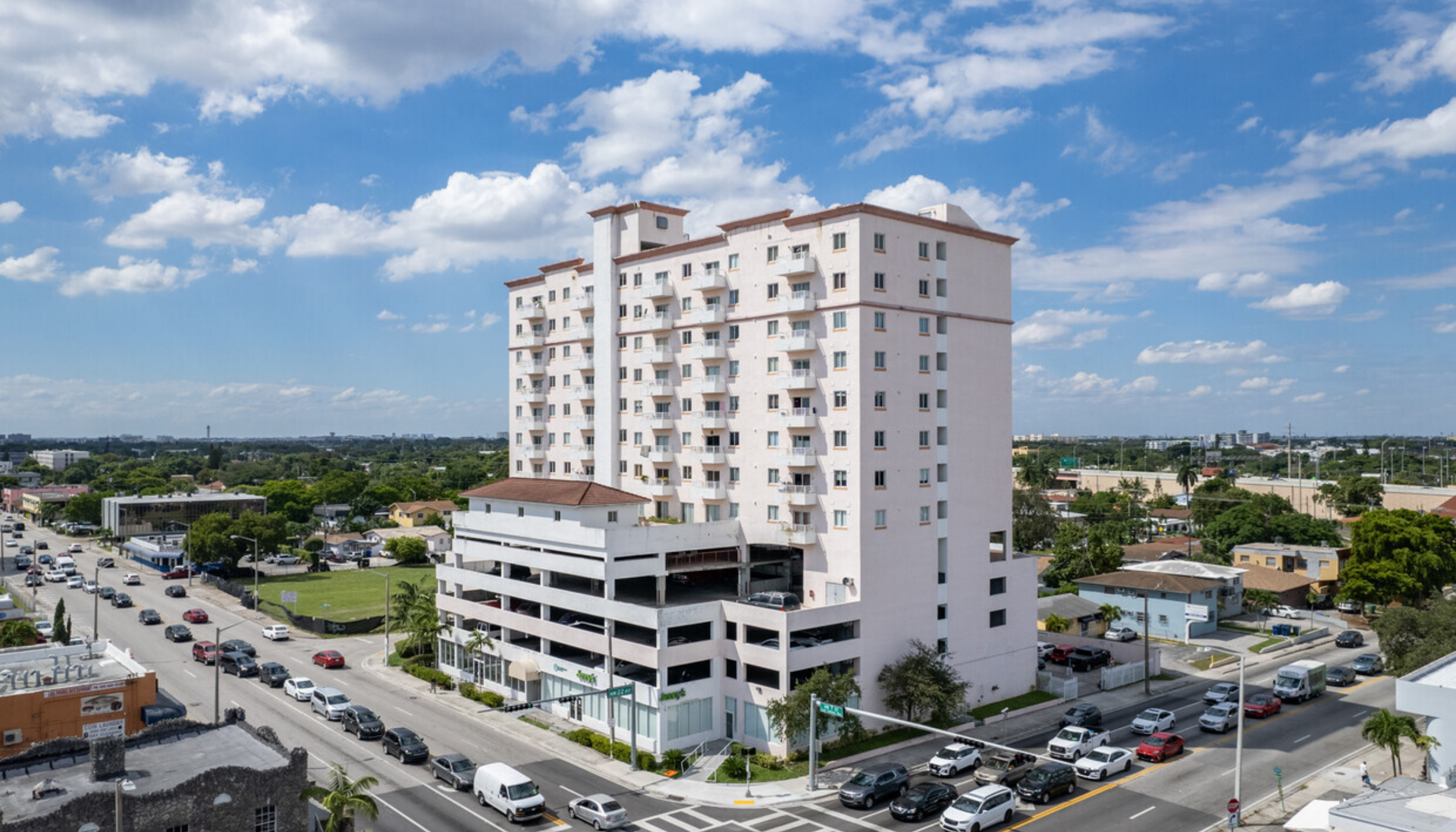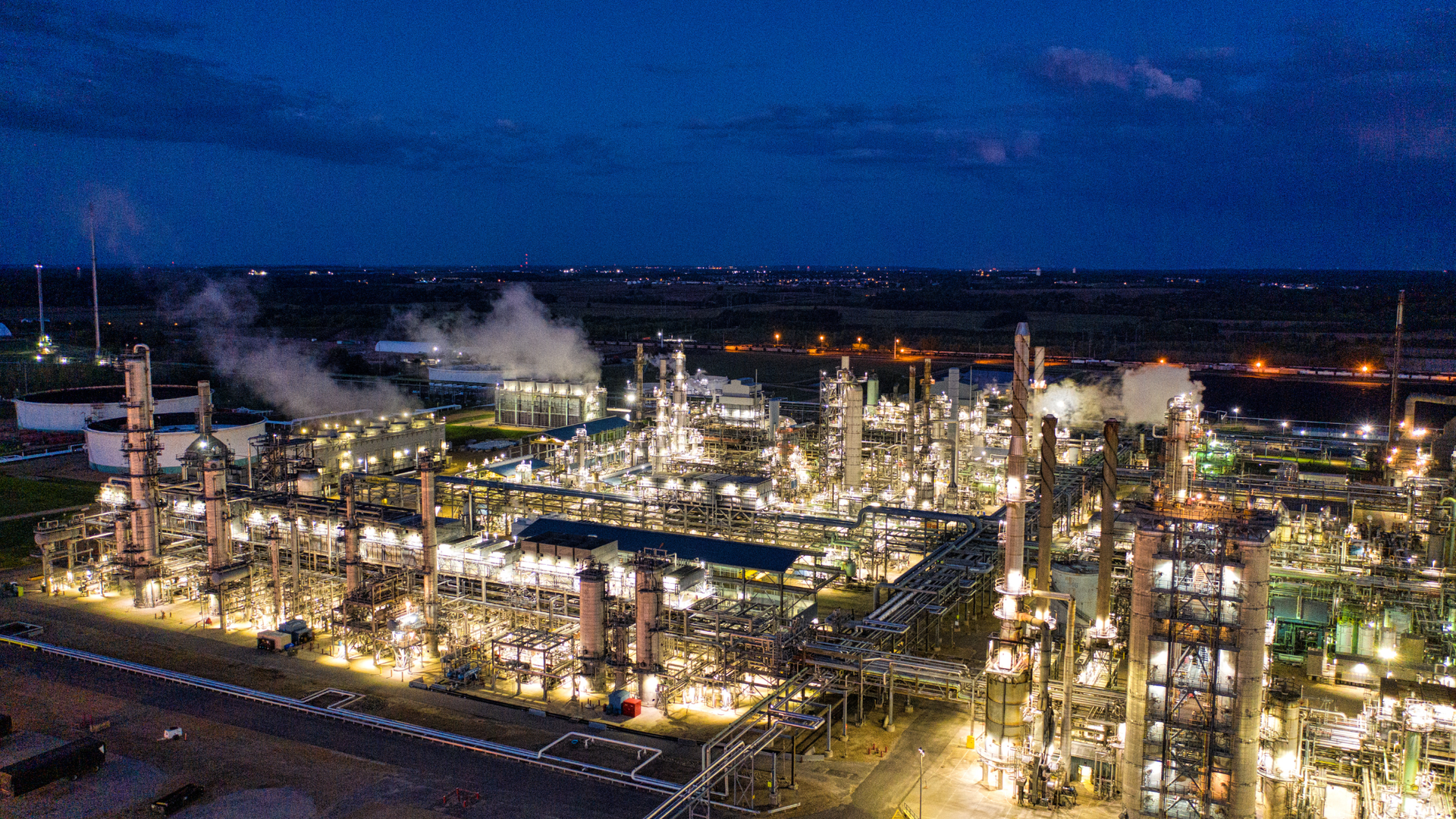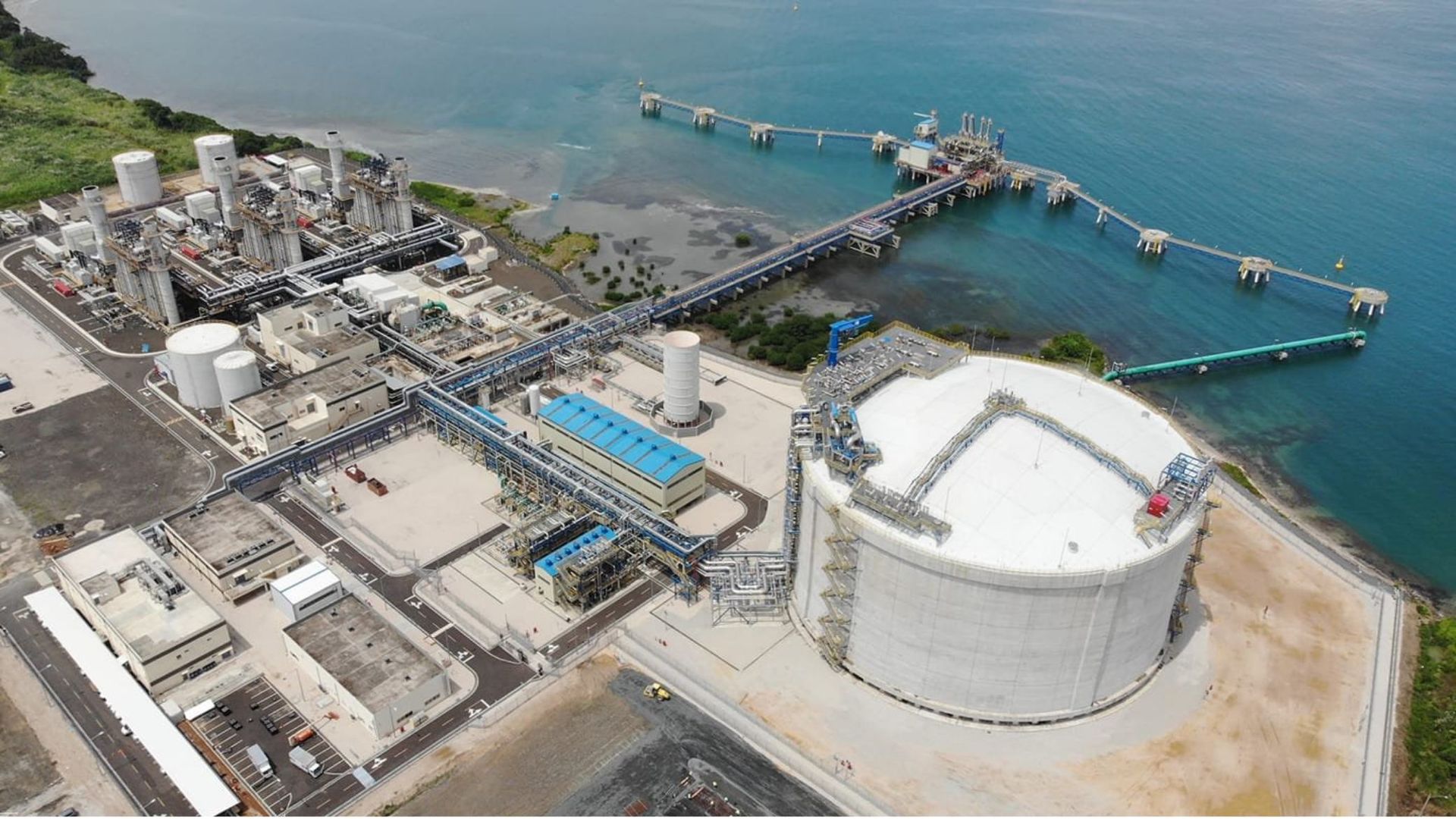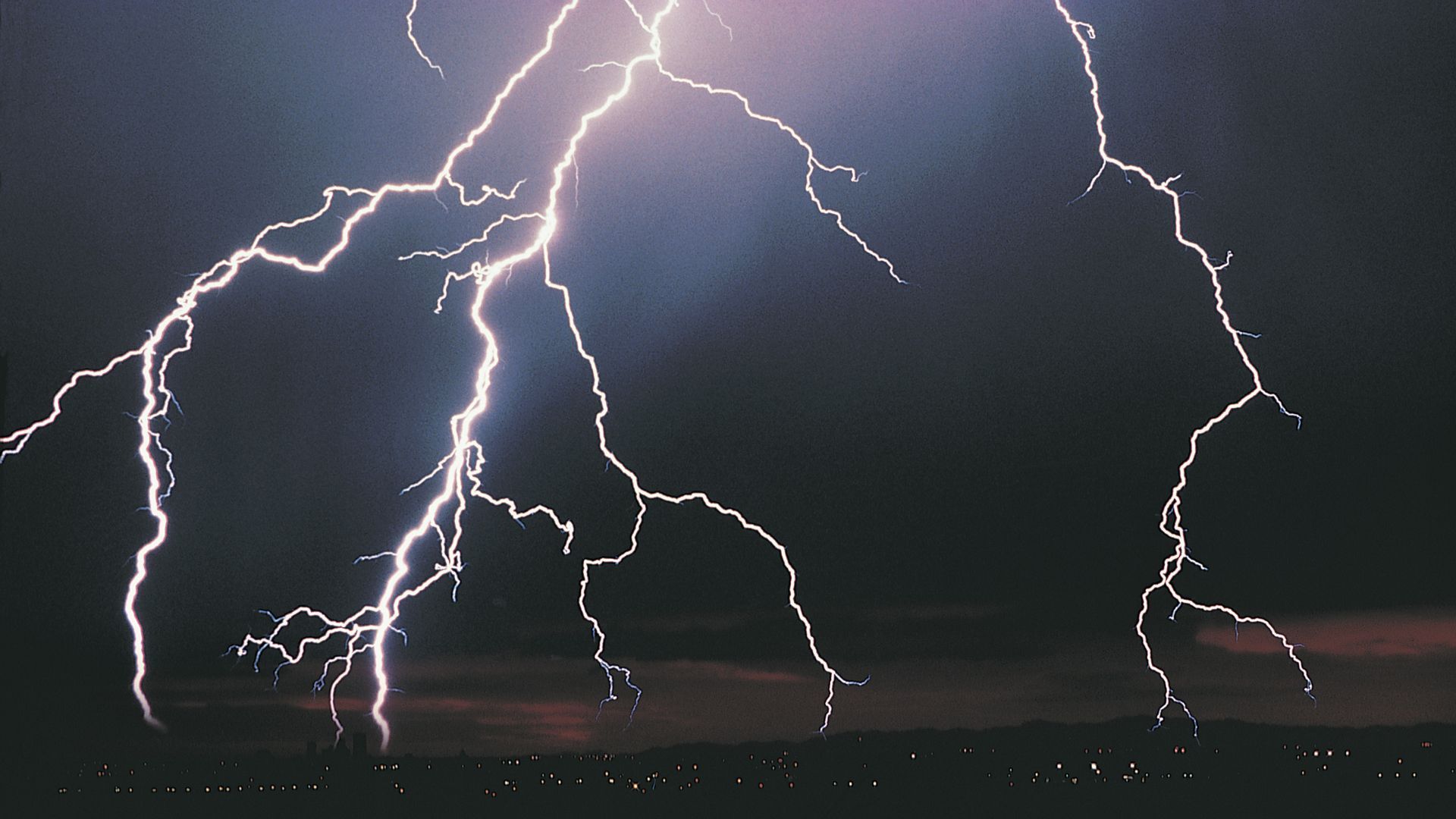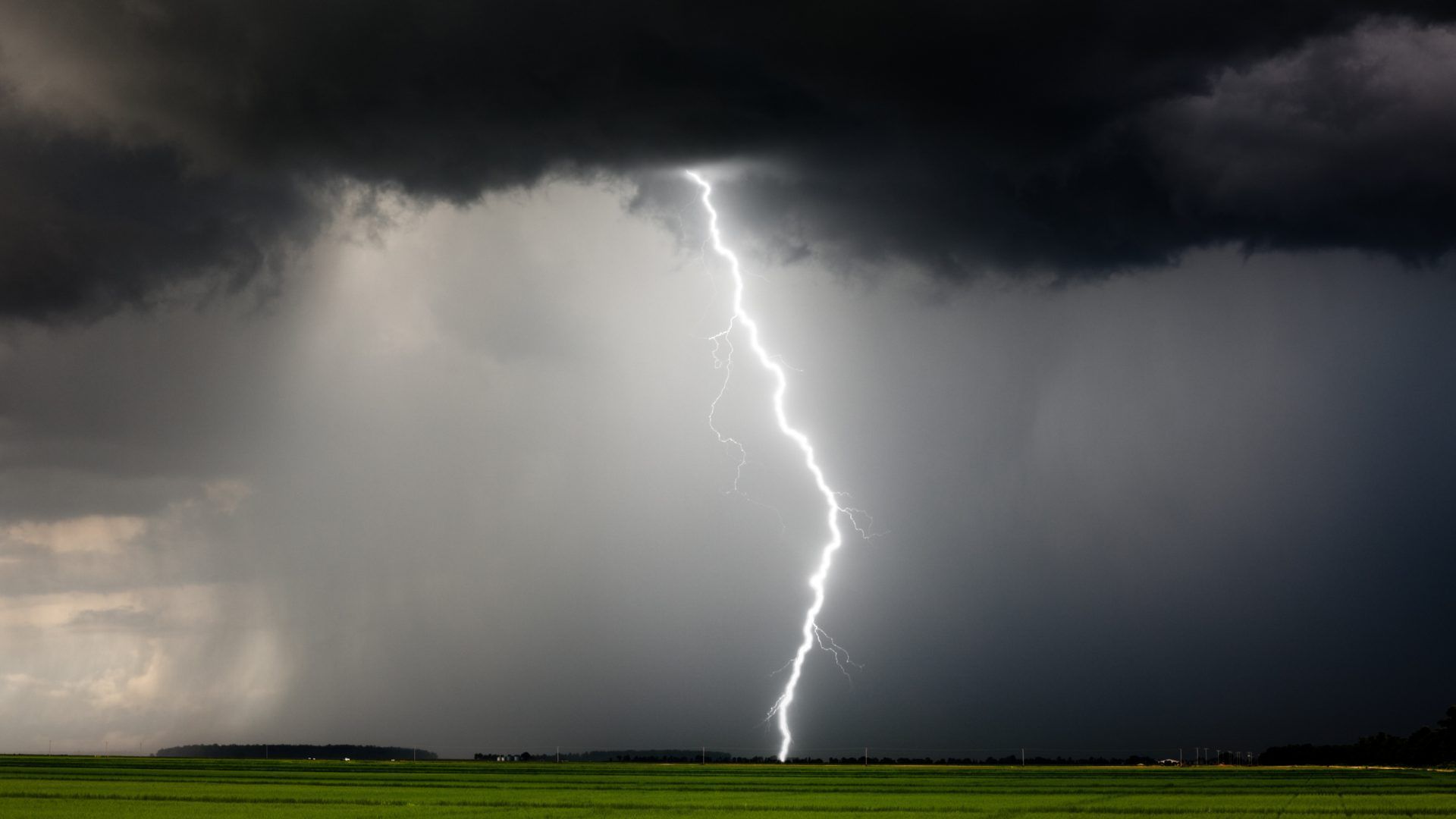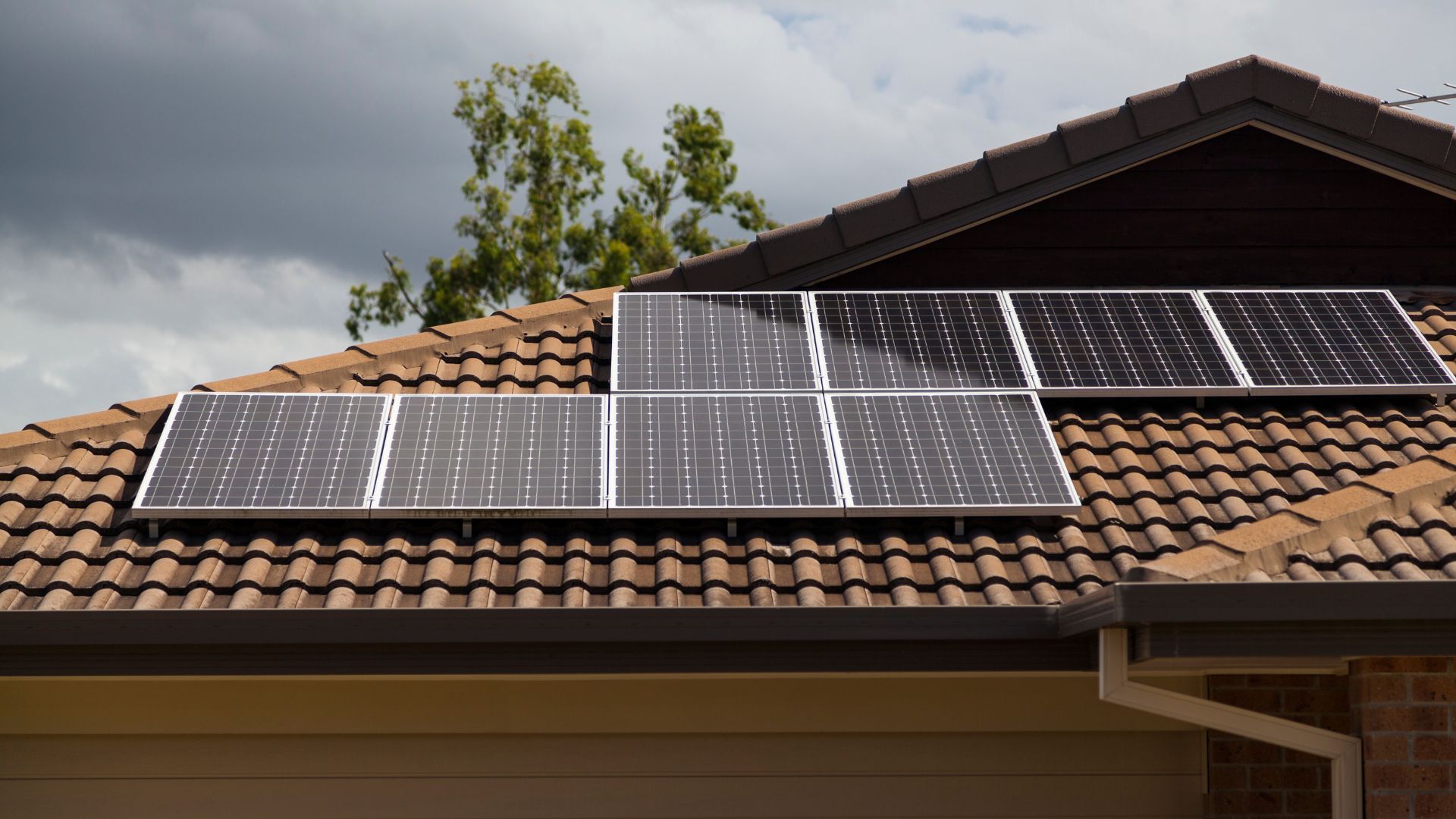Deionization: The Future of Lightning Protection
Deionization: The Future of Lightning Protection
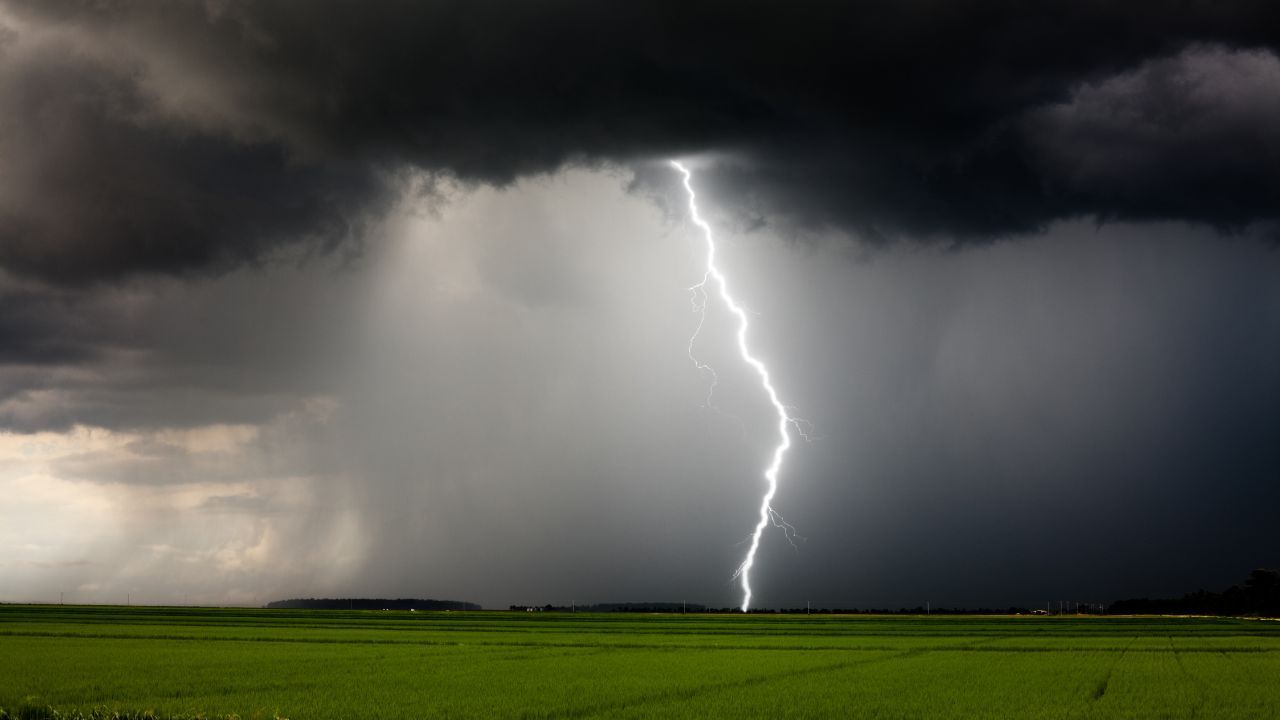
In today's world, lightning protection is a critical concern for industries ranging from energy production to large-scale commercial developments. Traditional methods like lightning rods and grounding systems focus on managing the impact of lightning strikes once they occur. However, a new, innovative approach—deionization—targets the root cause of lightning formation itself, offering an exciting advancement in lightning prevention.
What is Deionization?
Deionization technology, like the CMCE Lightning Suppressor, proactively removes or neutralizes the ionic charges in the atmosphere. Lightning strikes form from the buildup of a strong electric field between charged areas in storm clouds and the ground. Positive and negative ions in the air form this electric field, acting as channels for lightning once the electric field becomes strong enough. By eliminating or reducing these ions, deionization technology prevents lightning from forming in the first place.
How Deionization Outperforms Traditional Systems
Unlike conventional lightning protection methods—such as the well-known Franklin rods, which provide a path for electrical discharge to the ground—deionization focuses on preventing the conditions that cause lightning. Recent studies demonstrate that deionization can reduce the frequency of lightning strikes by up to 70-80% in high-risk environments, making it an appealing choice for industries and regions where lightning strikes are frequent and costly.
Why Deionization is a Game-Changer
The key advantage of deionization is that it offers a proactive, preventative solution to lightning strikes, rather than merely mitigating their effects. This makes it especially valuable in industries with high-value assets, such as power generation, aviation, and commercial developments. With scientific backing and real-world case studies demonstrating its effectiveness, deionization represents a new frontier in lightning protection, providing safer, more efficient, and cost-effective solutions for vulnerable infrastructures.
As lightning-related risks continue to pose a threat to various industries, deionization offers an innovative and effective way to prevent lightning strikes. While traditional systems still have their place, deionization technologies stand out by addressing the fundamental cause of lightning, providing a more comprehensive form of protection. This proactive method is not just the future of lightning protection—it’s already making a difference today.
Get a Complimentary Quote
Interested in protecting your property from lightning strikes with CMCE Lightning Suppression? Contact our team today at sales@capitolelectronics.com or call (888) 318-2333 to get a free custom quote.
Read More Like This
We hope you found this article informative and valuable. If you’re interested in exploring more topics related to emergency response, public safety, and technology, we encourage you to check out our other Public Safety & Security newsletter articles. Stay informed by delving into our diverse range of articles designed to help you navigate the ever-evolving landscape of public safety. Together, we can work towards creating a safer and more resilient world.


